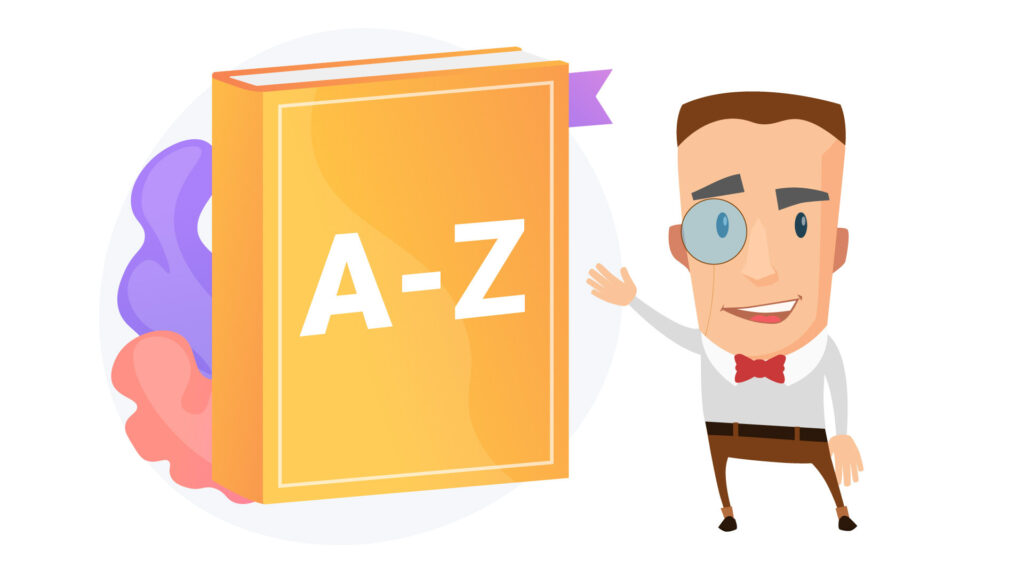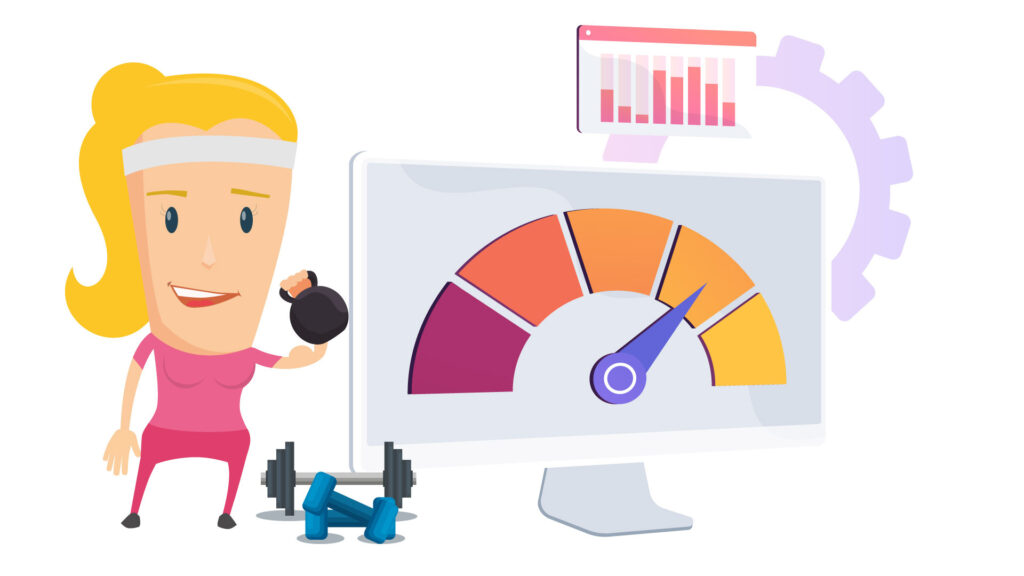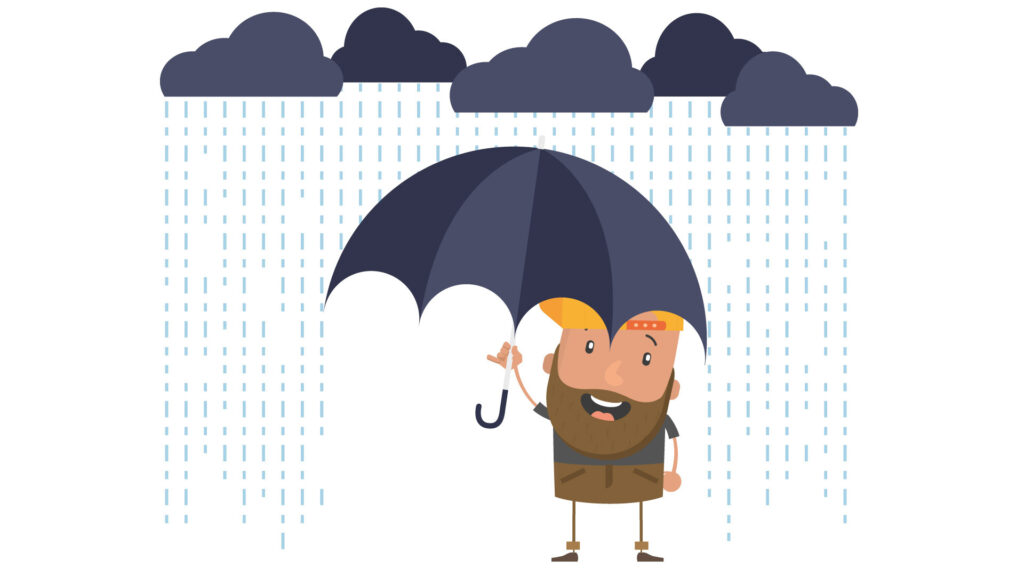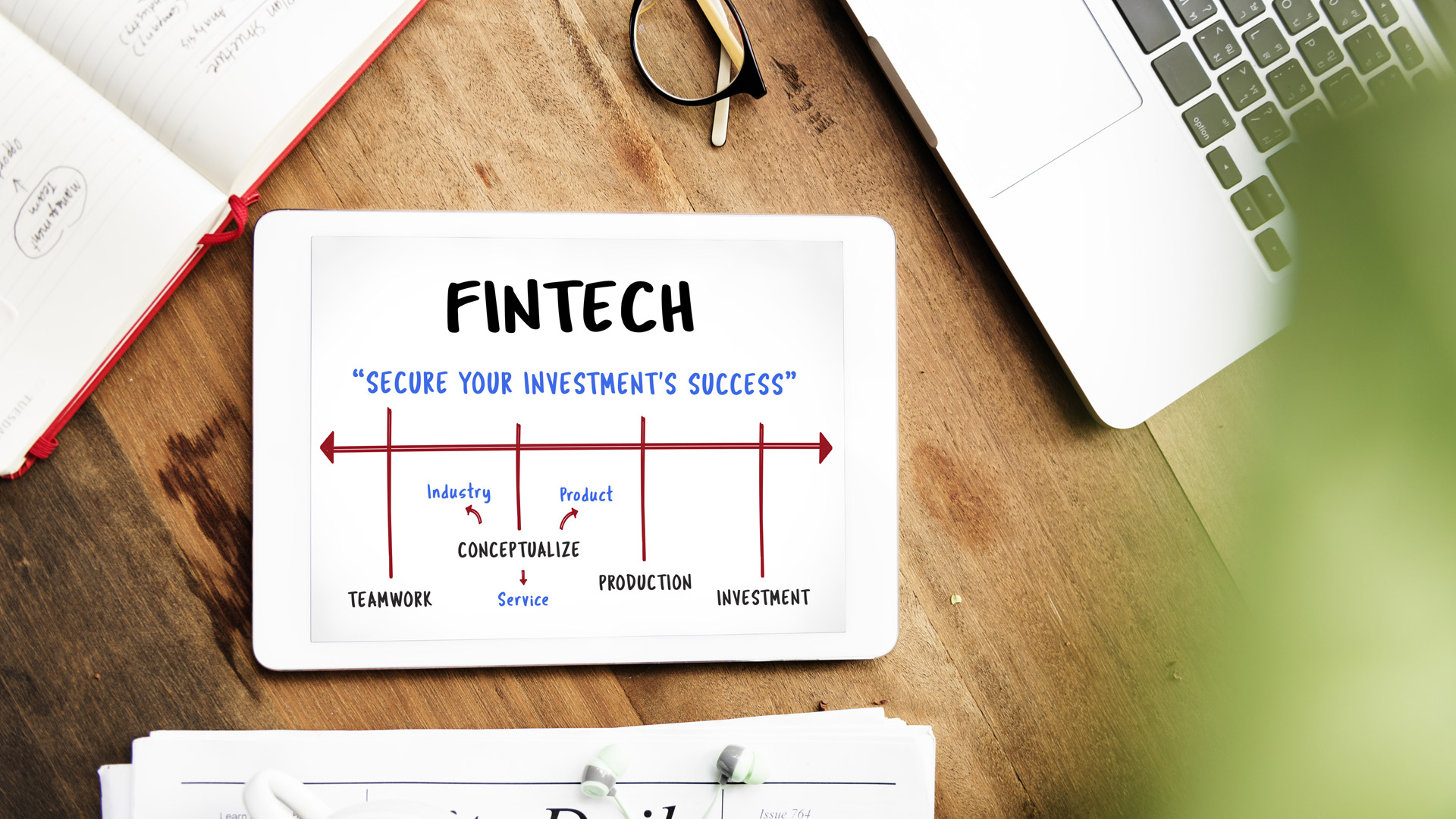Living without planning every aspect of our life may seem like a wonderful thing. However, there are things like software product development that we cannot do without proper processing. If we want to develop any software, we need to develop a strategy that covers every aspect of the process.
Definition of Software Product Development
To put it plainly, software product development is a process or cycle that involves several steps to turn an idea into a functioning application for any platform. It is used by every software product development company out there to create applications of all kinds in a coherent and practical manner.

However, the software product development process itself is not singular as there are several types of processes that we can choose from. Each of these processes comes with its own steps and they impact the application that we are developing differently. Knowing which one to use is what differentiates a good software product development company from a bad one. We can also learn to do that by understanding them properly.
Software project vs software product – What is the difference?
This is a commonly confused concept but once we figure out the basic logic behind it, we can easily tell which is which. In terms of time, software project vs software product is like comparing an ongoing process with a complete one. In essence, a software project is a process in which components of an application are built and then compiled into a final look that can be presented to the customer.
A software product is what the customer gets once that entire development process is complete and the application is ready to use. This product is the result of the whole process that comes in every software project. We can find plenty of examples online comparing software project vs software product. These products can be developed in different ways, and we are discussing that next.

4 types of product development processes
We are sharing four different types of product development in software industry that we can see being used by almost every company conducting any level and type of software product development process. Each of them has its own software delivery strategy along with strengths and weaknesses.
Waterfall
This is a process that involves a linear approach. It has seven different phases which include:
- planning
- defining requirements,
- devising system and software design,
- implementation of said design,
- testing to make sure it meets software product development best practices,
- deployment of the software,
- maintenance/updates as and when required.
This is typically used by companies where there are rigid team structures and strict documentation needs.
Agile and Scrum
This software delivery strategy is most often used by companies where teams are less rigid and cross-functional collaboration is done in “sprints” that can be from 2 weeks to 2 months long and result in a product that the customers can try out and provide feedback on. This strategy works best for projects where time is a constraint and quick delivery carries the most importance. Companies performing product development in software industry using this process know that they will be revisiting the application structure after the initial launch and will adjust it according to the feedback they receive from the customers.
Incremental and Iterative
This software product development methodology lies between the previous two as it has a certain level of structure in it but also includes the incremental approach of Agile and Scrum. The product is much more structured, but additions and revisions come in the form of app versions. The approach to making additions is what incremental process is all about, whereas iterative requires constant testing and analysis to improve the design and grow the application.
V-Shaped
This is pretty much the same as a waterfall but with one crucial step added to it, which is testing. It focuses on one of the key software product development best practices and ensures that the final product is functional and acceptable from every aspect.
Why it Matters?
Going through a complete software product development process is extremely important for several reasons. It makes the final software product and process understandable and logical. It allows the development team to meet its goals without missing the key steps and helps with meeting the software development company goals properly. Not using it can lead to several problems, the biggest one being buggy and error-prone software.

Software Product Development Strategy – Why You Might Need One?
If we want to make our customers happy and meet their requirements, we need to use a good strategy for developing software. The company goals that we have can only be achieved effectively if we plan each aspect of the software product and process thoroughly and develop a strategy that lets us fulfill our targets efficiently while staying within a reasonable timeline.
Benefits of strategy
There are several huge benefits that we can achieve by implementing a proper software product development cycle in our projects. For one thing, it helps us avoid any chance of failure that we may face due to a lack of preparation. It also leads to a much more reliable and improved design that perfectly meets our customers’ needs. And most importantly, this is what we need to stay afloat as our customers will keep coming back to us for quality service.

Developing Software Product – The Process
The process that one may choose for their software product development cycle can vary depending on their needs and organizational and operational structure. Figure out where our company lies and use the methodology that suits us best.
Steps to follow for successful product development:
To get an effective software that meets our requisite needs adequately, we need to go through the following process:
- Map out our requirements in as much detail as we can and the platform we want to develop on.
- Decide the development process we need to implement for our project.
- Devise roles and responsibilities and create a functional chart for easy reference.
- Start the development process.
- Perform testing at different stages of development and adjust the software as necessary.
- Perform thorough testing on the finalized product.
- Create documentation that deeply covers every part of the software.
- Plan for proper training and support for users and create media if needed.
- Analyze software performance routinely and perform maintenance as and when required.
If all of this seems to be too overwhelming for us, then we always have the option of outsourcing to an experienced organization.







